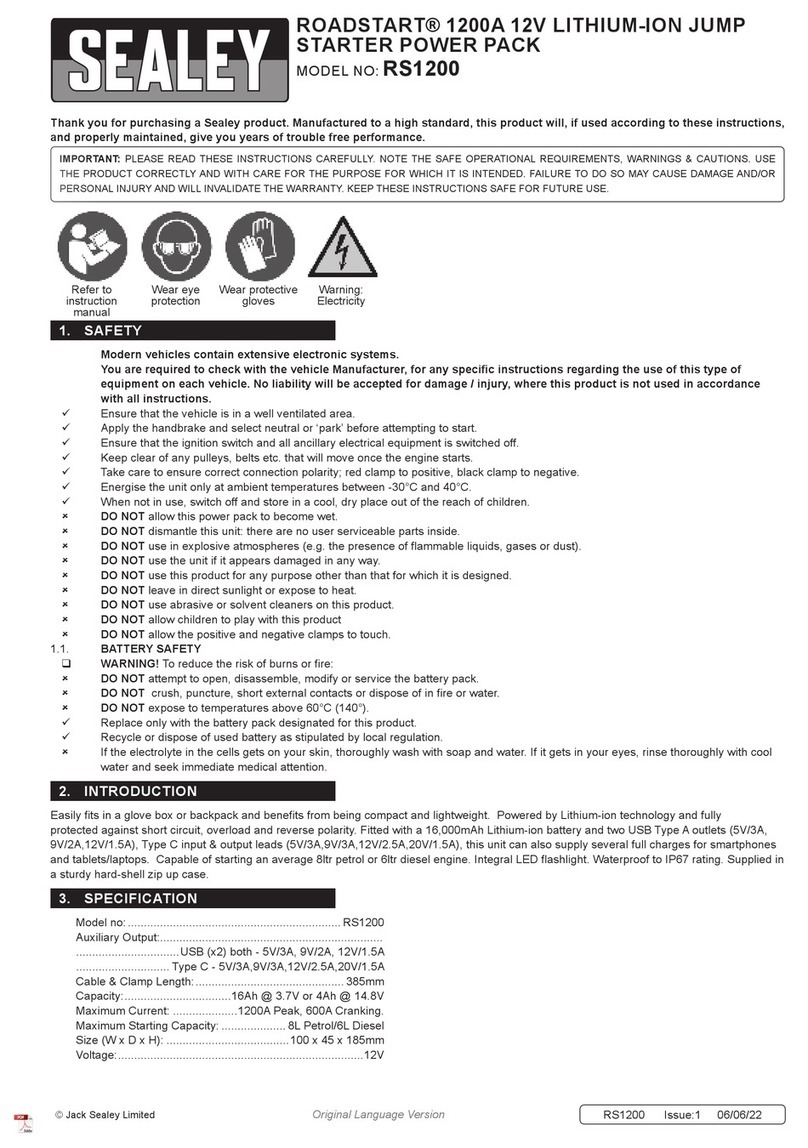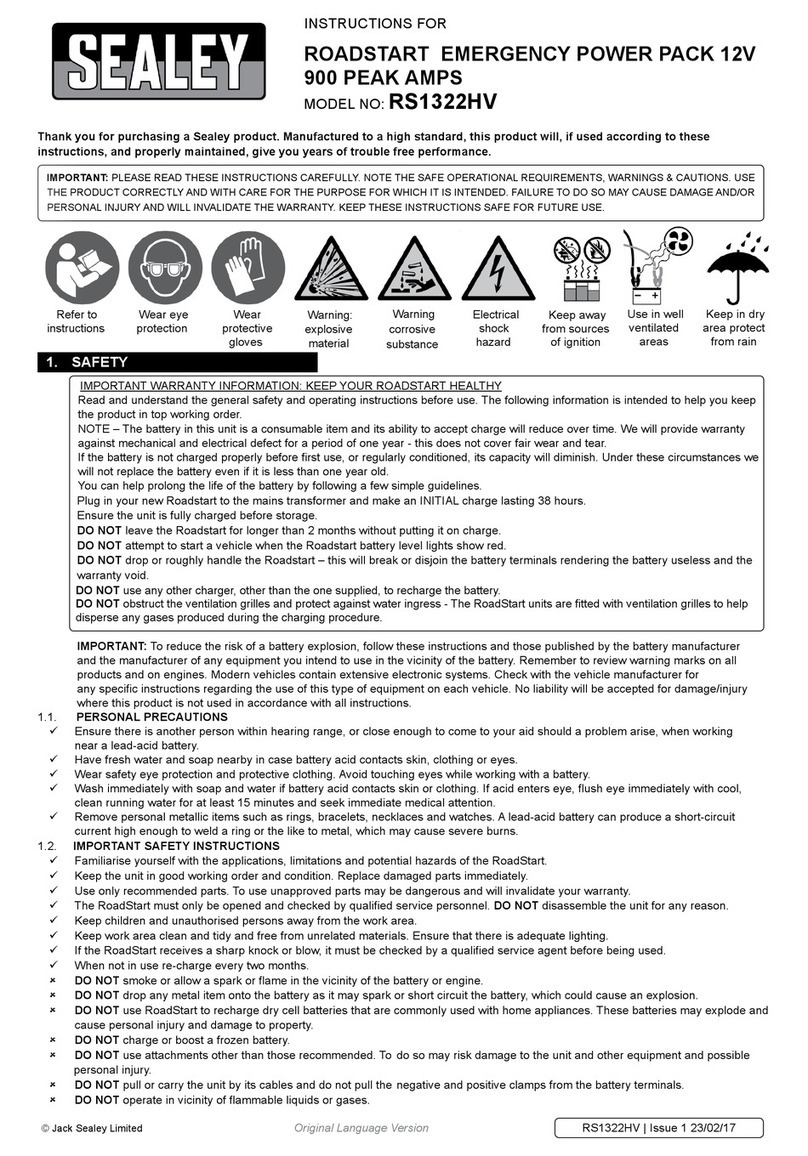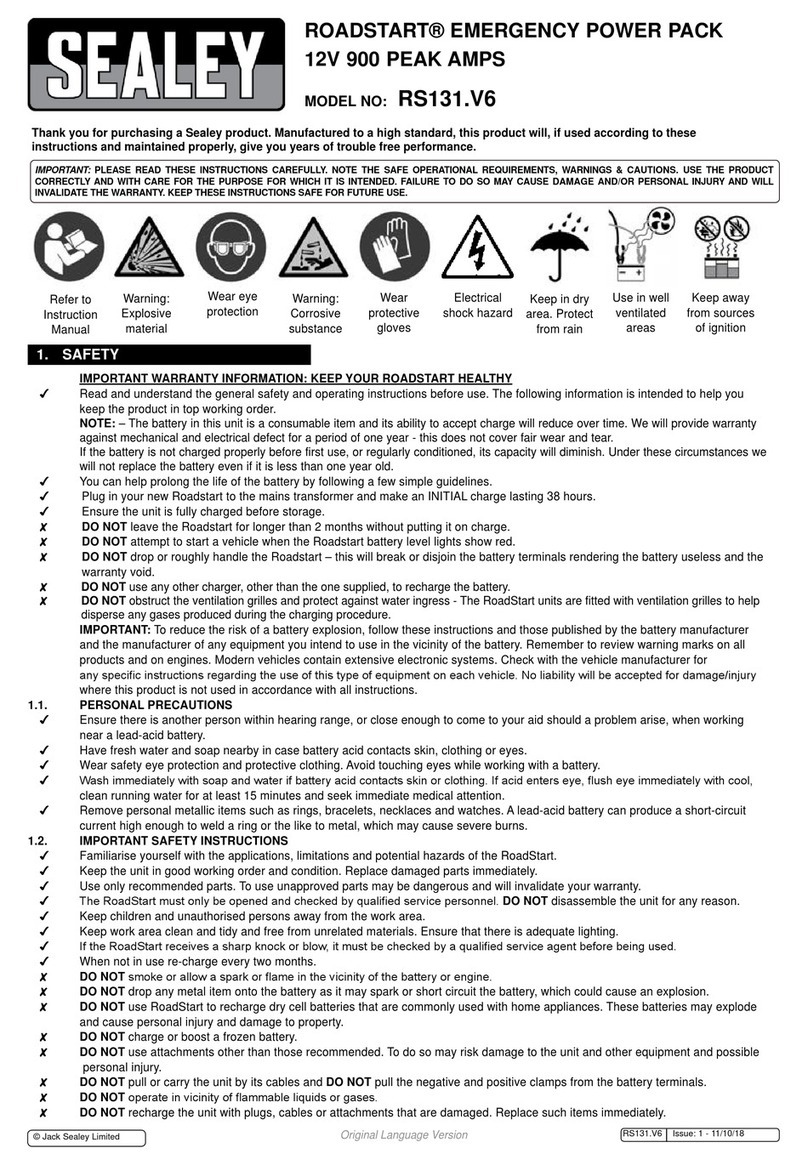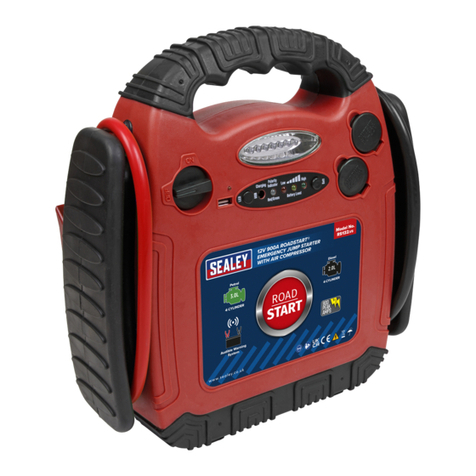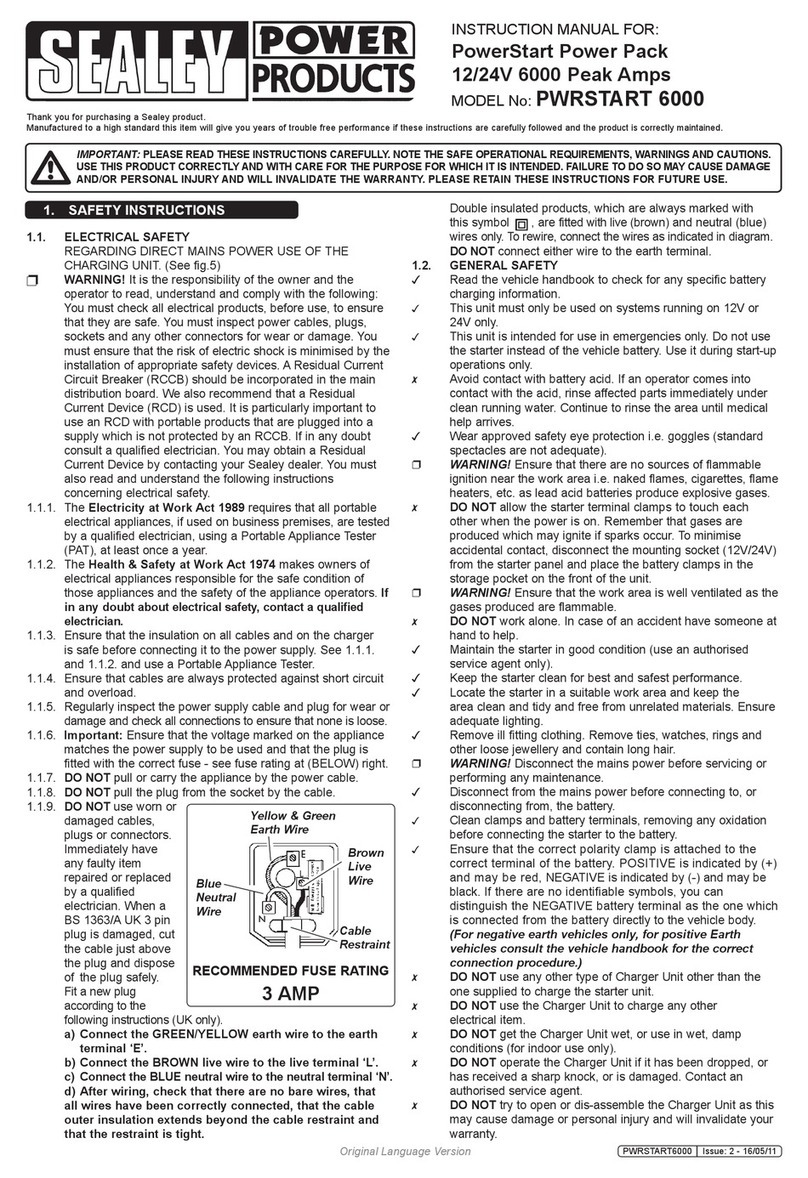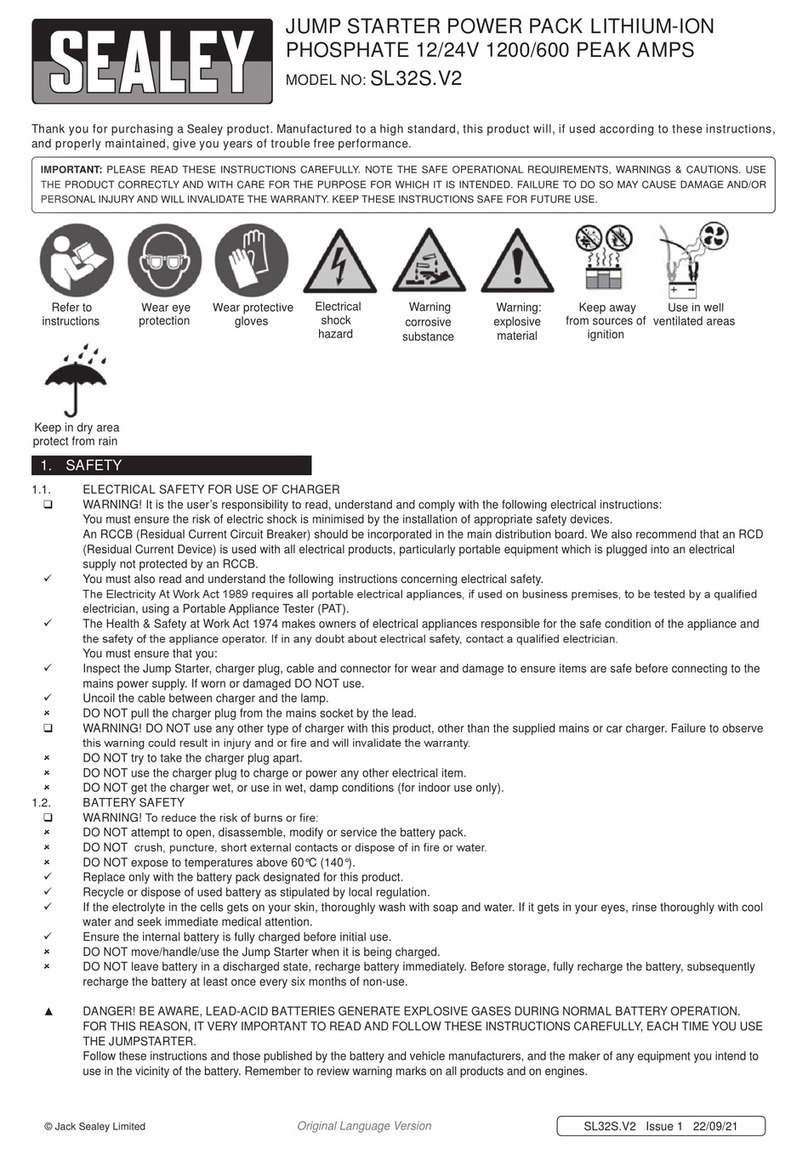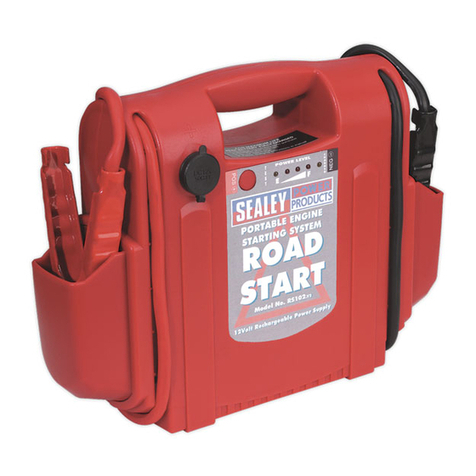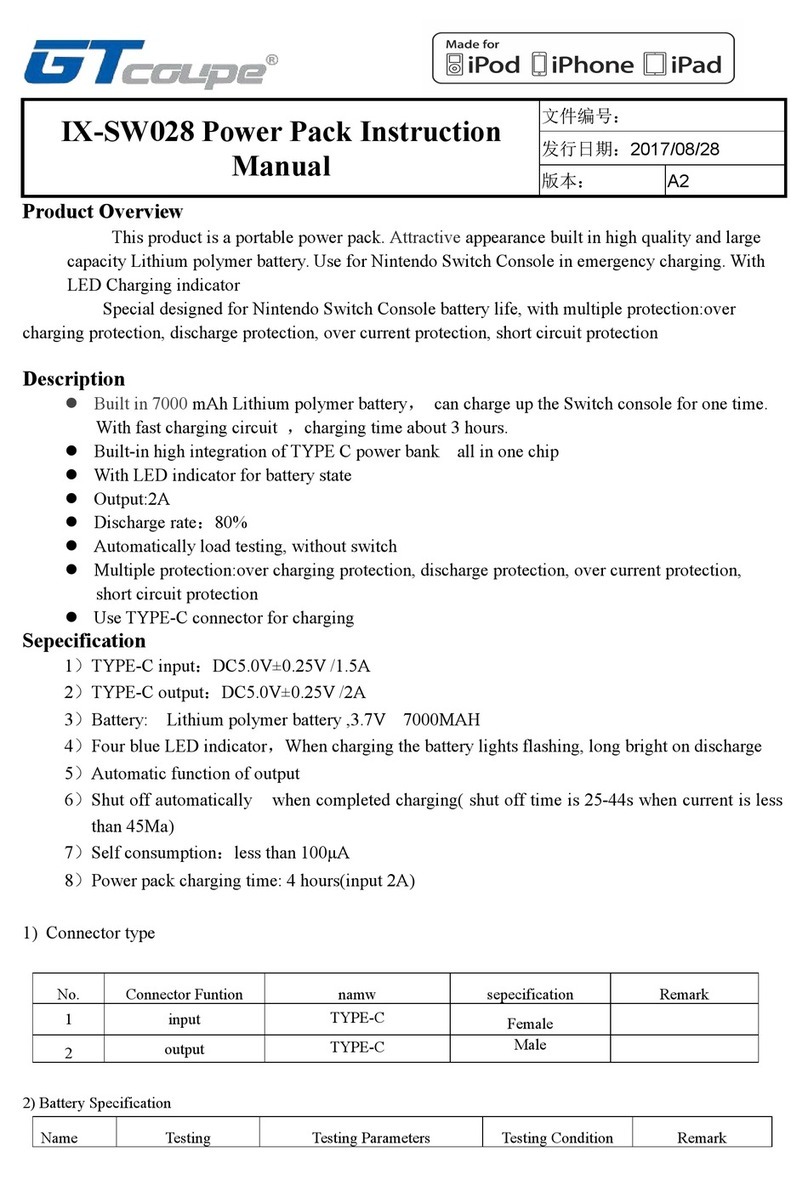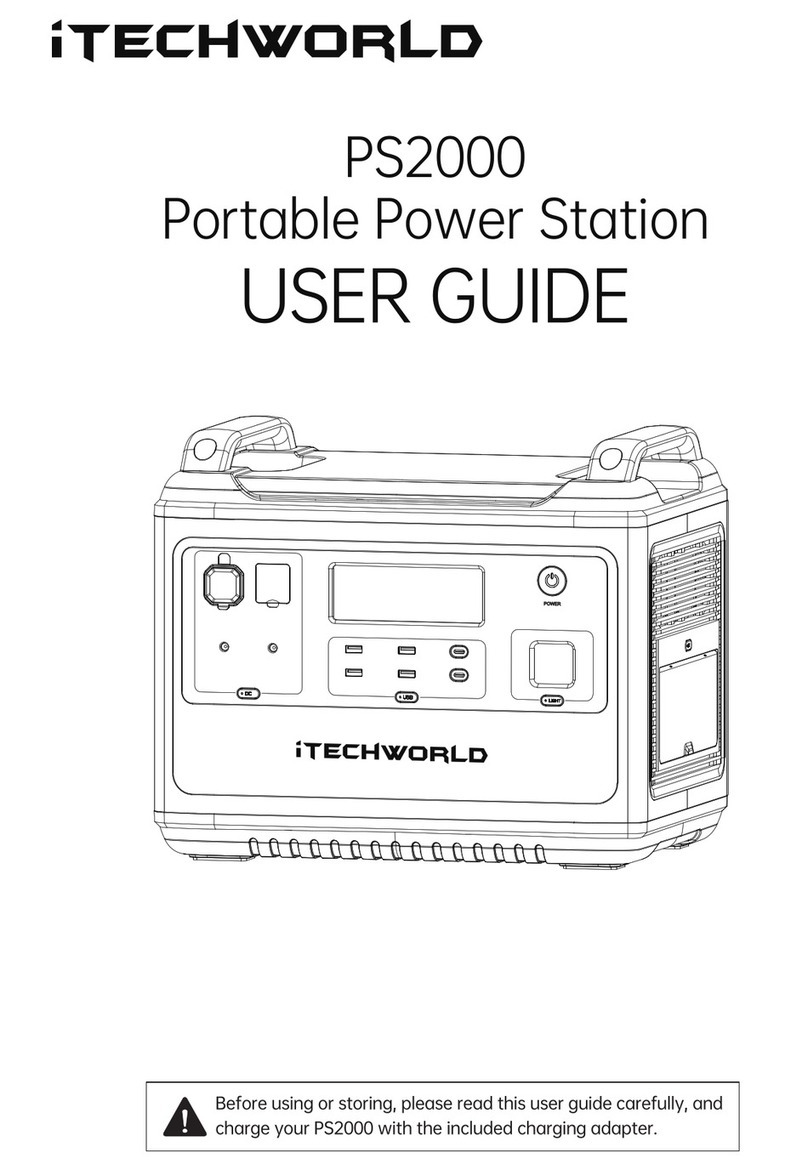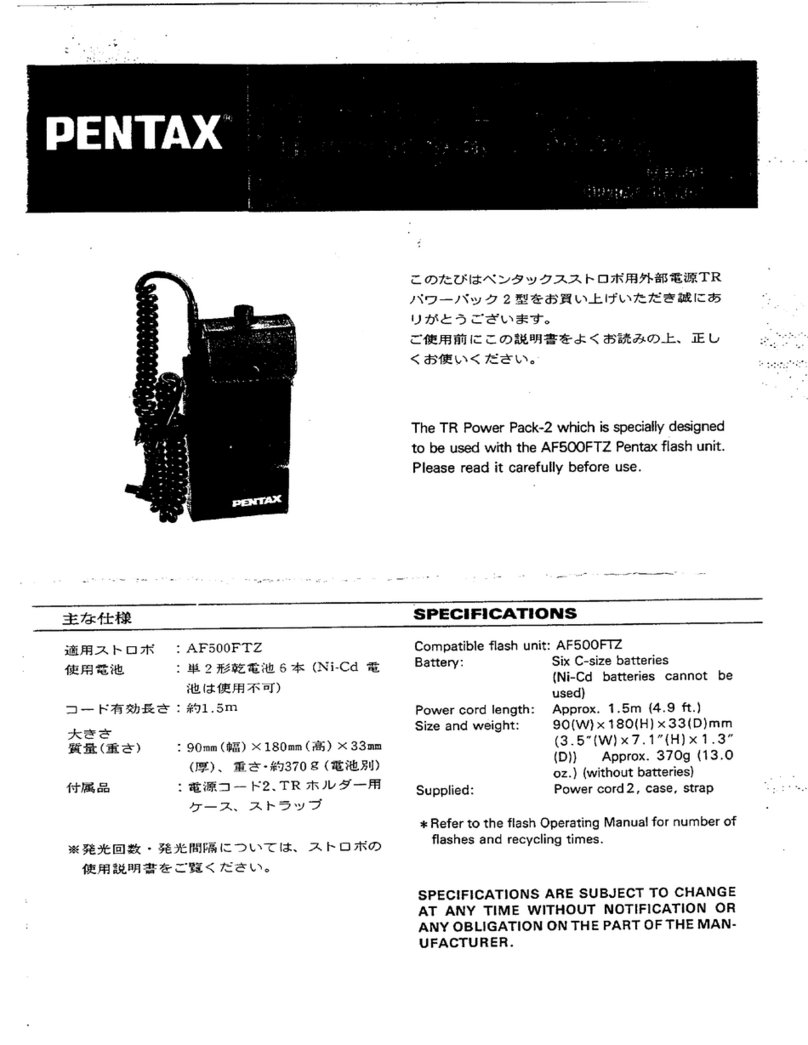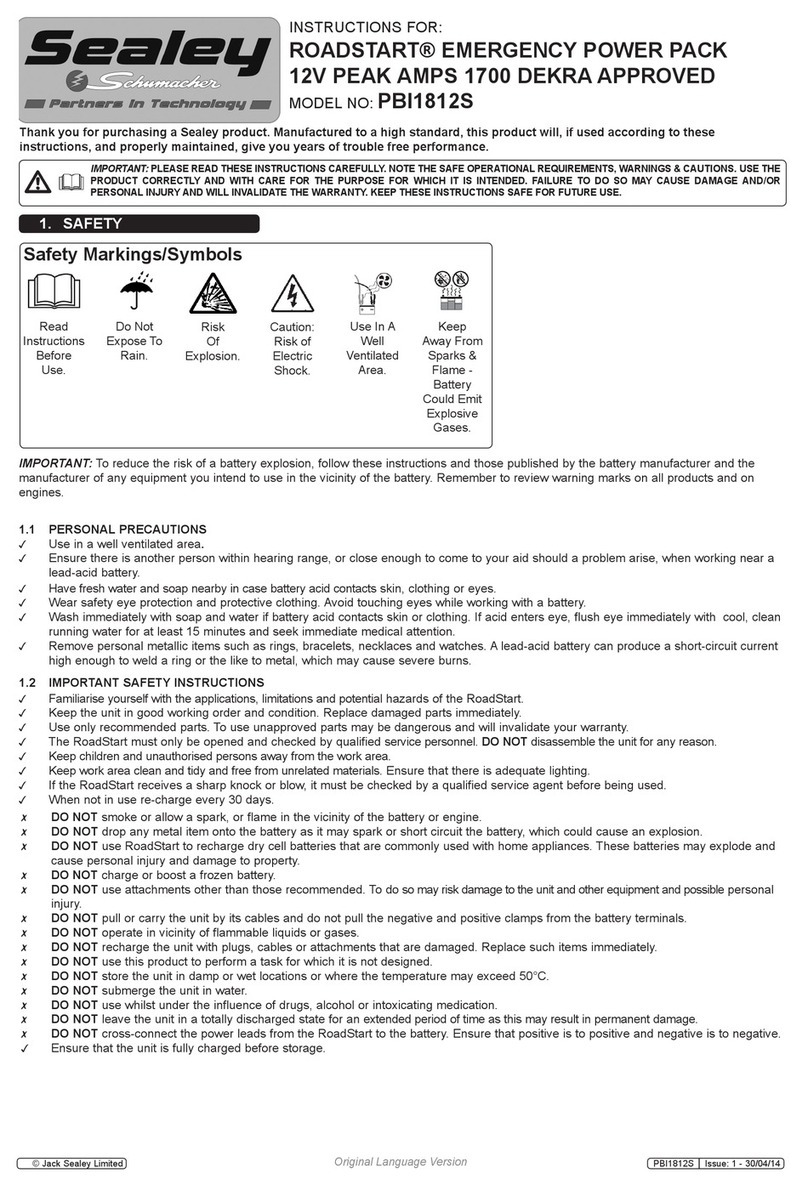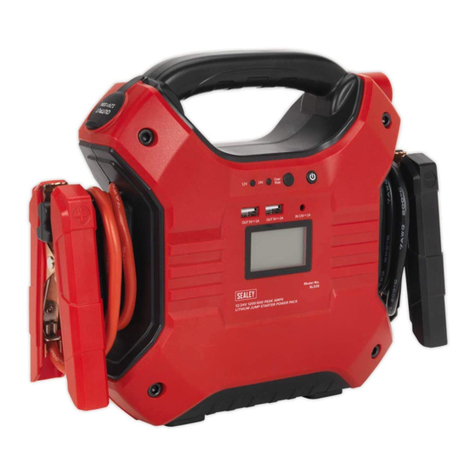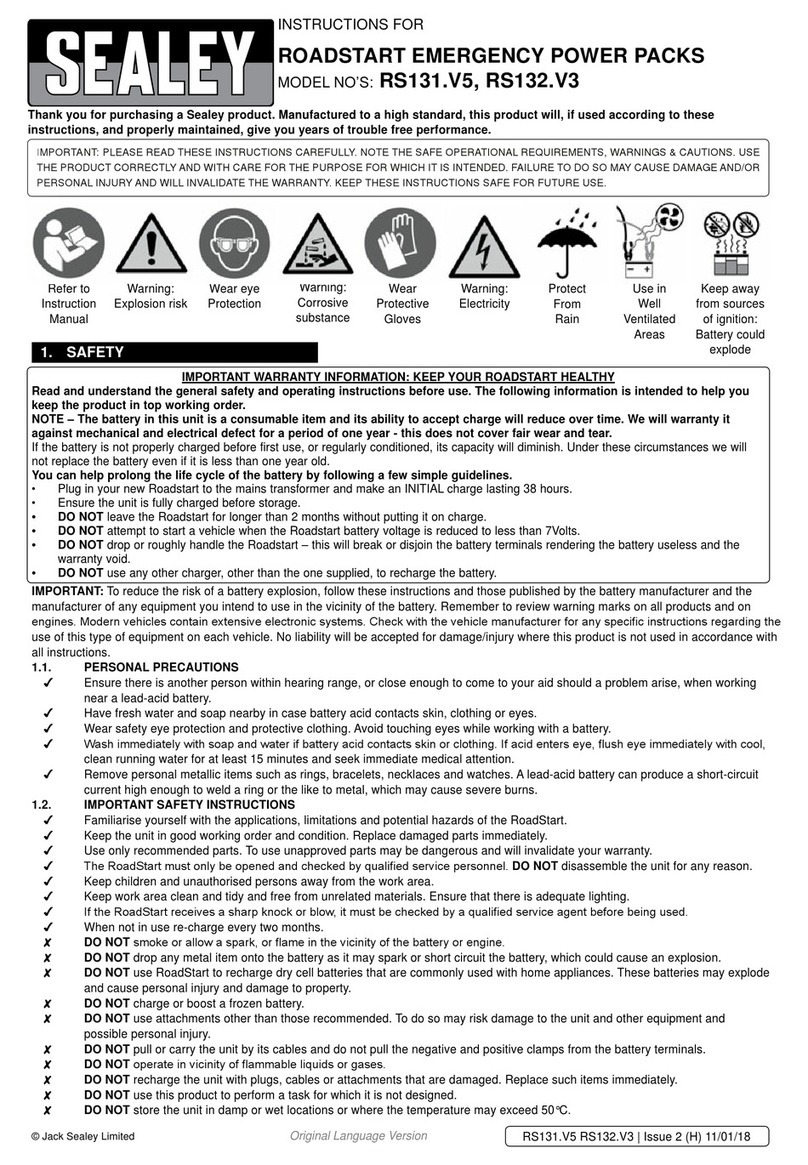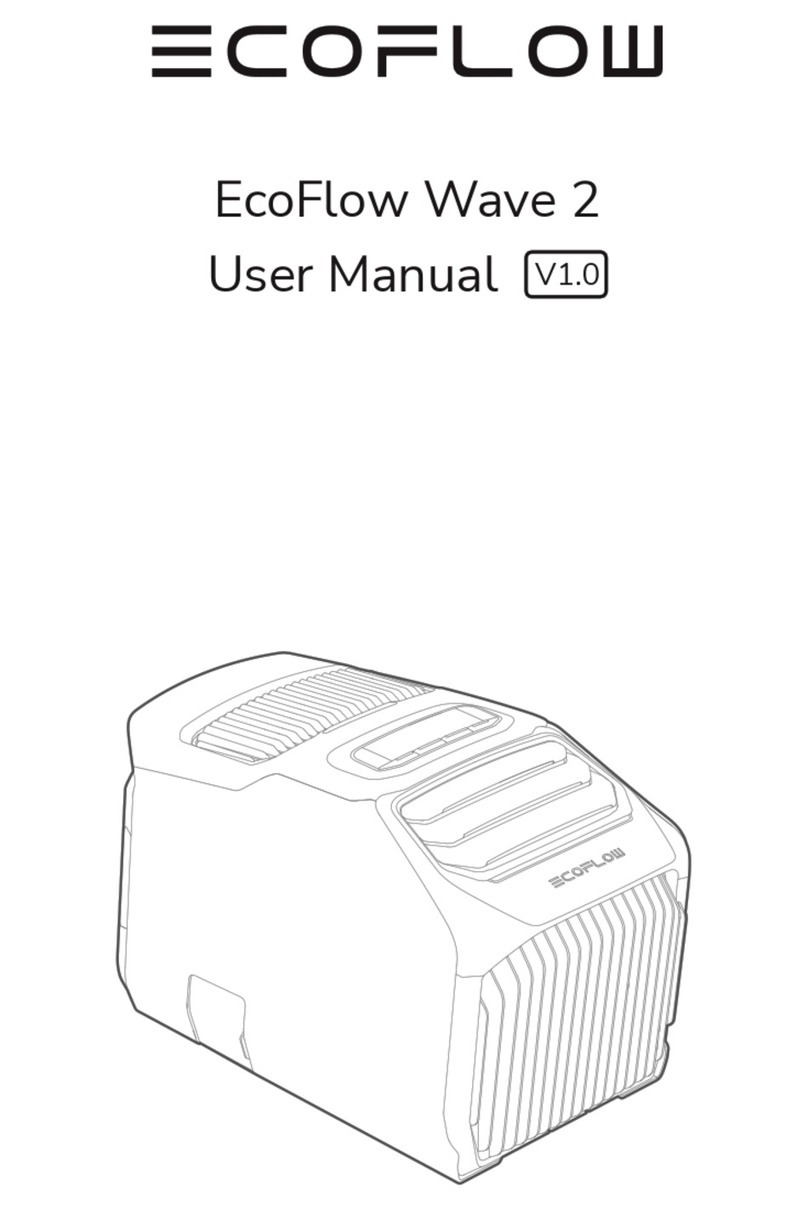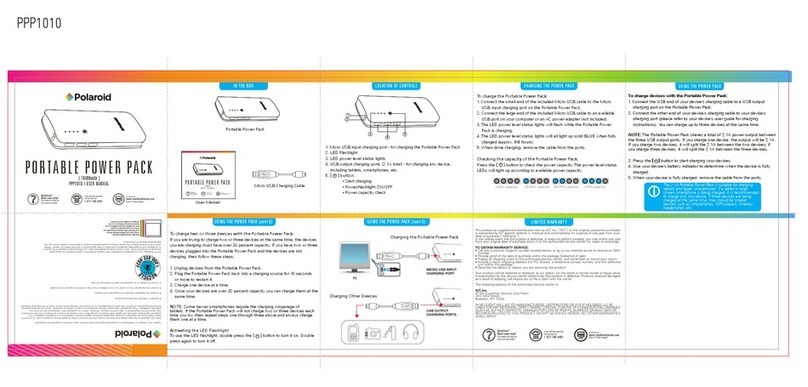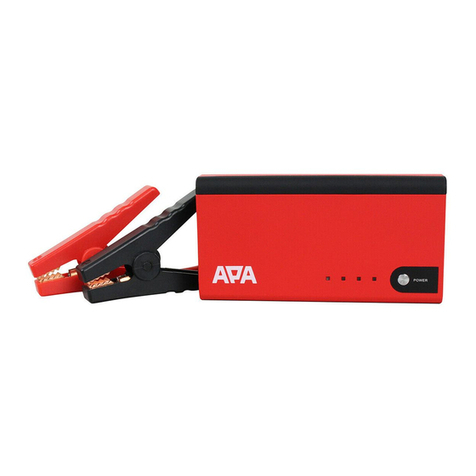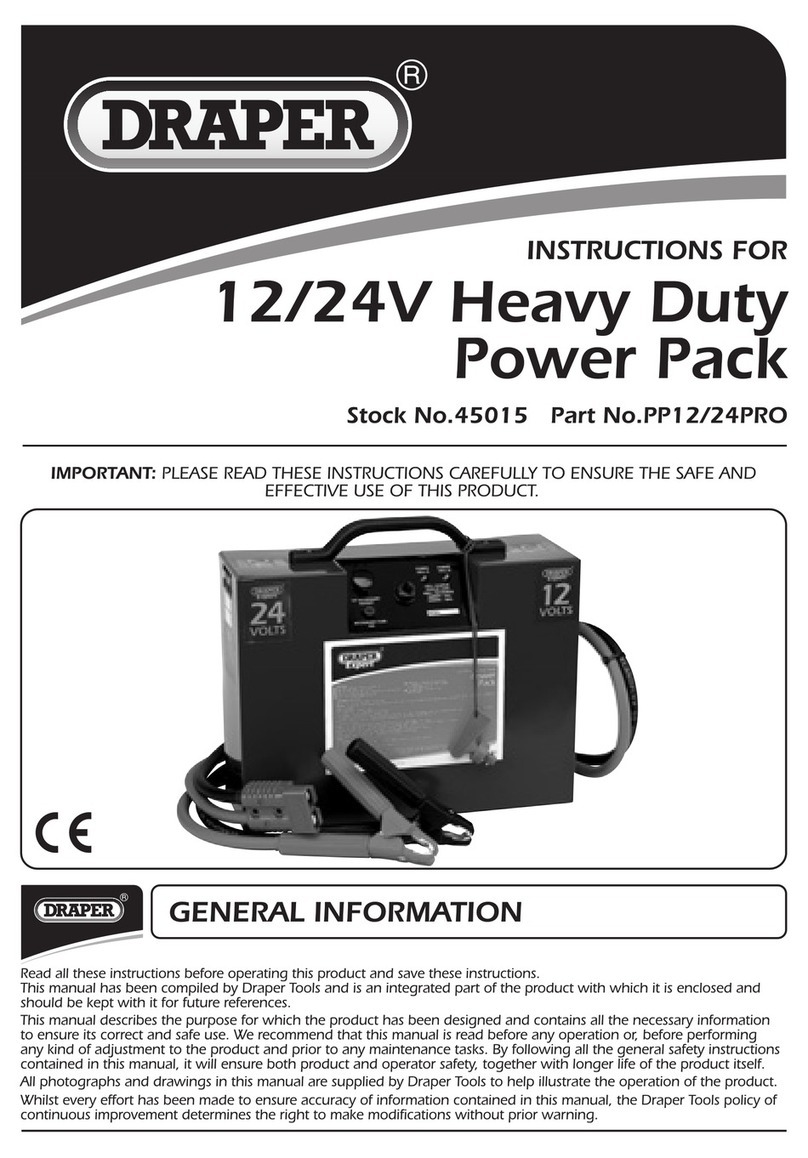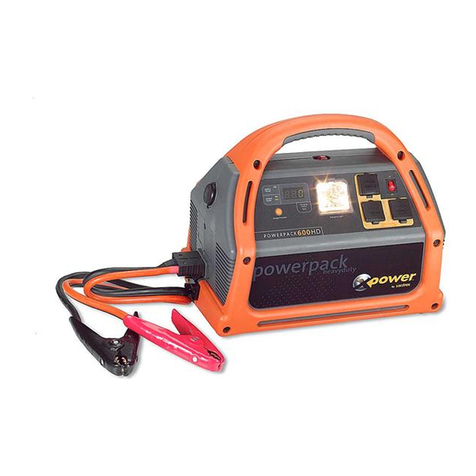INSTRUCTIONS FOR:
ROADSTART
MODEL No: RS105.V4
Thank you for purchasing a Sealey product. Manufactured to a high standard this product will, if used according to these instructions and
properly maintained, give you years of trouble free performance.
IMPORTANT: BEFORE USING THIS PRODUCT, PLEASE READ THE INSTRUCTIONS CAREFULLY. MAKE CAREFUL NOTE OF SAFETY INSTRUCTIONS, WARNINGS AND
CAUTIONS. THIS PRODUCT SHOULD ONLY BE USED FOR ITS INTENDED PURPOSE. FAILURE TO FOLLOW THESE INSTRUCTIONS MAY CAUSE DAMAGE AND/OR
PERSONAL INJURY AND WILL INVALIDATE THE WARRANTY. RETAIN THESE INSTRUCTIONS FOR FUTURE USE.
IMPORTANT: To reduce the risk of a battery explosion, follow these
instructions and those published by the battery manufacturer and the
manufacturer of any equipment you intend to use in the vicinity of the
battery. Remember to review warning marks on all products and on
engines.
1.1. PERSONAL PRECAUTIONS
Ensure there is another person within hearing range, or close
enough to come to your aid should a problem arise, when
working near a lead-acid battery.
Have fresh water and soap nearby in case battery acid contacts
skin, clothing or eyes.
Wear safety eye protection and protective clothing. Avoid
touching eyes while working with a battery.
Wash immediately with soap and water if battery acid contacts
skin or clothing. If acid enters eye, flush eye immediately with
cool, clean running water for at least 15 minutes and seek
immediate medical attention.
Remove personal metallic items such as rings, bracelets,
necklaces and watches. A lead-acid battery can produce a
short-circuit current high enough to weld a ring or the like to
metal, which may cause severe burns.
1.2. IMPORTANT SAFETY INSTRUCTIONS
Familiarise yourself with the applications, limitations and potential
hazards of the RoadStart.
Keep the unit in good working order and condition. Replace
damaged parts immediately.
Use only recommended parts. To use unapproved parts may be
dangerous and will invalidate your warranty.
The RoadStart must only be opened and checked by qualified
service personnel. DO NOT disassemble the unit for any reason.
Keep children and unauthorised persons away from the work area.
Keep work area clean and tidy and free from unrelated materials.
Ensure that there is adequate lighting.
If the RoadStart receives a sharp knock or blow, it must be
checked by a qualified service agent before being used.
When not in use re-charge every two months.
DO NOT smoke or allow a spark, or flame in the vicinity of the
1. SAFETY INSTRUCTIONS
Original Language Version RS105.V4 Issue: 3i - 13/04/16
battery or engine.
DO NOT drop any metal item onto the battery as it may spark
or short circuit the battery, which could cause an explosion.
DO NOT use RoadStart to recharge dry cell batteries that are
commonly used with home appliances. These batteries may
explode and cause personal injury and damage to property.
DO NOT charge or boost a frozen battery.
DO NOT use attachments other than those recommended. To
do so may risk damage to the unit and other equipment and possible
personal injury.
DO NOT pull or carry the unit by its cables and do not pull the
negative and positive clamps from the battery terminals.
DO NOT operate in vicinity of flammable liquids or gases.
DO NOT recharge the unit with plugs, cables or attachments
that are damaged. Replace such items immediately.
DO NOT use this product to perform a task for which it is not
designed.
DO NOT store the unit in damp or wet locations or where the
temperature may exceed 50°C.
DO NOT submerge the unit in water.
DO NOT use whilst under the influence of drugs, alcohol or
intoxicating medication.
DO NOT leave the unit in a totally discharged state for an
extended period of time as this may result in permanent damage.
DO NOT cross-connect the power leads from the RoadStart to
the battery. Ensure that positive is to positive and negative is to
negative.
Ensure that the unit is fully charged before storage.
1.3. ELECTRICAL SAFETY (with respect to mains chargers)
WARNING! It is the user’s responsibility to check the following:
You must check the AC adaptor to ensure that it is safe before
using. You must inspect the power supply lead, plugs and all
electrical connections for wear and damage. You must ensure
the risk of electric shock is minimised by the installation of
appropriate safety devices. An RCCB (Residual Current Circuit
Breaker) should be incorporated in the main distribution board.
IMPORTANT WARRANTY INFORMATION: KEEP YOUR ROADSTART HEALTHY
Read and understand the general safety and operating instructions before use. The following information is intended to help you
keep the product in top working order.
NOTE – The battery in this unit is a consumable item and its ability to accept charge will reduce over time. We will warranty it
against mechanical and electrical defect for a period of one year - this does not cover fair wear and tear.
If the battery is not properly charged before first use, or regularly conditioned, its capacity will diminish. Under these circumstances we will
not replace the battery even if it is less than one year old.
You can help prolong the lifecycle of the battery by following a few simple guidelines.
• Plug in your new Roadstart to the mains transformer and make an INITIAL charge lasting 72 hours. Ensure fully charged before storage.
DO NOT leave the Roadstart for longer than 2 months without putting it on charge.
• DO NOT attempt to start a vehicle when the Roadstart battery voltage is reduced to less than 7Volts.
• DO NOT drop / roughly handle the Roadstart – this will break the battery terminals rendering the battery useless and the warranty void.
• DO NOT use any other charger, other than the one supplied, to recharge the battery.
• DO NOT obstruct the ventilation grilles and protect against water ingress - this RoadStart unit is fitted with ventilation grilles to help
disperse any gases produced during the charging procedure.
© Jack Sealey 2013
Wear
Protective
Gloves
Warning:
Electricity
Protect
From
Rain
Use in
Well
Ventilated
Areas
Keep away
from sources
of ignition:
Battery could
explode
Refer to
Instruction
Manual
Warning:
Explosive
Material
Wear eye
Protection
Warning:
Corrosive
substance

